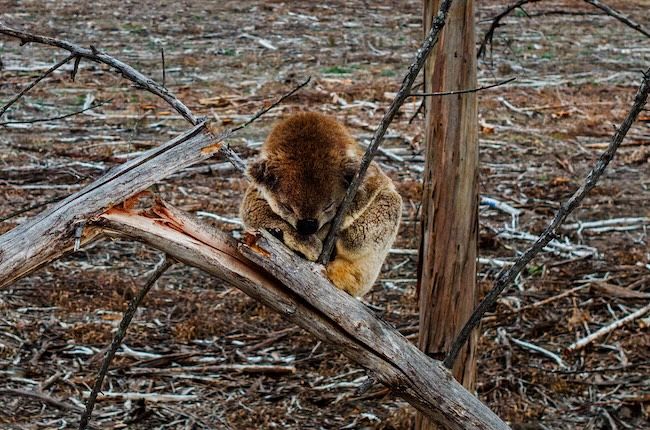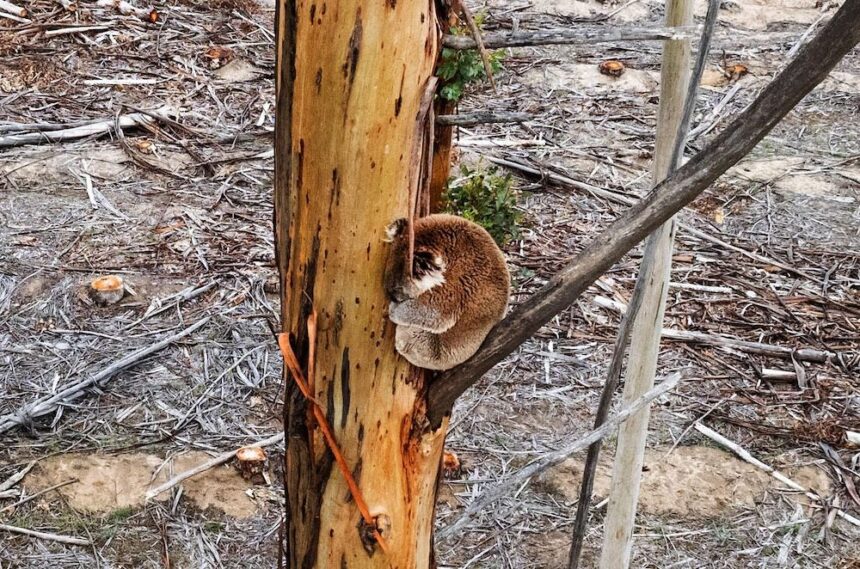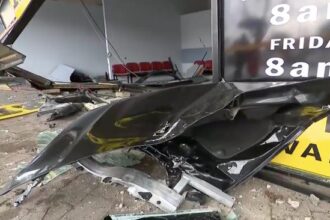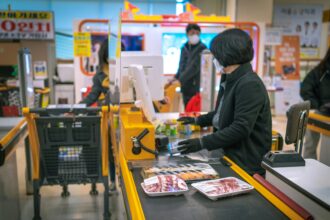Public Mandate Meets Political Silence
Labor’s landslide victory in the 2025 Federal Election has sparked renewed hopes—but also serious concerns—about the future of environmental policy in Australia. The overwhelming support from voters, 96% of whom demand stronger action to protect nature and native wildlife, places immense responsibility on the new government. Yet, early signs suggest that meaningful environmental reforms may be ignored in favor of political convenience.
Climate and Nature Sidelined on the Trail
Despite the public outcry, the election campaign lacked a real focus on crucial environmental issues. Neither Labor, the Liberal Party, nor the Greens prioritized the climate crisis, biodiversity loss, or native forest protection in their messaging. This has left environmental advocates questioning whether any major party is truly committed to protecting Australia’s natural heritage.
The Koala Cull That Shook the Nation
In the shadow of the election, one of the most shocking environmental scandals unfolded—mostly hidden from the public eye. In Victoria, just weeks before voting began, the State Labor Government approved an aerial culling operation that resulted in the deaths of over 1,100 koalas. The killings, carried out by helicopter shooters, were not reported in mainstream media, raising serious concerns about press freedom and political censorship.
Political and Public Silence
Not a single Labor campaigner spoke of the massacre. Greens leader Adam Bandt, holding the seat of Melbourne, remained silent. The Victorian Greens offered no response. Even wildlife conservation groups—who had been consulted by the government ahead of the operation—chose not to speak out. Meanwhile, global media published the story as front-page news, painting a damning picture of Australia’s wildlife policies.
A Precedent with Grim Implications
This incident has become a national scandal. The Victorian Government is accused of covering up the operation and misleading the public about its necessity. Shooting koalas from helicopters without on-ground verification is widely considered inhumane and scientifically unsound. It sets a chilling precedent for future wildlife management practices in Australia.

Paul Hilton’s On-the-Ground Witness Account
Paul Hilton, a globally recognized conservation photojournalist, traveled to Budj Bim National Park to document the aftermath. The park was closed by the Department of Energy, Environment and Climate Action (DEECA), barring any independent inspection. Hilton still managed to photograph surviving koalas clinging to sparse trees in nearby areas devastated by blue gum harvesting.
Unfiltered Testimony from the Field
Hilton, shaken by what he witnessed, stated:
“I’ve documented elephants losing their homes, the shark fin trade, ivory trafficking — I’ve covered a lot of destruction. At the park, I was shocked at what I saw. I couldn’t believe this was happening in Australia, at such a scale.”
“I went to one small area of a cleared plantation, with about 30 eucalypts left and around 20 koalas clinging to the branches. This is the scene after harvesting, koalas trying to survive in little pockets of trees.”
“There’s no excuse for Australia not to get it right. You can’t treat the environment like this. The mindset of culling everything in this country is a colonial mentality. Wildlife is suffering from our neglect. We have given nothing back to wildlife for all the good things they have done for us.”
Regulatory and Ethical Oversight Gaps
The RSPCA’s Hands Tied
The roots of this crisis trace back to a 2019 Memorandum of Understanding (MOU) signed by the Victorian Government and RSPCA Victoria. The agreement essentially removes the RSPCA from investigating cruelty complaints linked to wildlife or hunting. As a result, the organization has taken no action against the helicopter shootings.
A Loophole in Plain Sight
An RSPCA spokesperson explained:
“As per RSPCA Victoria’s MOU with the Department, section 3.2 states RSPCA Victoria Inspectorate is not responsible for responding to animal welfare and cruelty complaints in connection with hunting activity and wildlife.”
Tepid Accountability
While distancing itself from the killings, the RSPCA also called on DEECA to review its practices. But its language fell short of condemning the operation or demanding immediate changes. The organization seems caught between policy limitations and public expectations.
“We are calling on DEECA to conduct a thorough review of their program to ensure improvements and refinements are made to any future programs that may include aerial euthanasia methods in order to better protect animal welfare after extreme weather events.”
DEECA’s Defense Under Fire
Claims of Individual Assessments from the Air
DEECA claims to have assessed 2,200 koalas impacted by a fire that burned 2,000 hectares in the area. According to the agency, each animal was “individually assessed for their injuries and health”—but from helicopters flying 30 meters above the trees.
In its defense, DEECA stated:
“Animals were individually assessed for their injuries and health and … doing what we can to provide care to as much wildlife as possible … All koalas have been individually assessed as part of the aerial operation.”
“Koalas are individually assessed against set guidelines which are focused primarily on the impact of fire to their physical state and behaviour. These assessments were undertaken as close as operationally viable, often at less than 30 metres, supported by the use of binoculars and other optical aids.”
Skepticism from Experts and Advocates
But experts and activists question the validity of these claims. How could thousands of koalas be individually assessed from the air with accuracy? How many trained vets were involved? How much time was allocated? What criteria were used? These critical questions remain unanswered.
Forestry Myths and Long-Term Harm
The Blue Gum Illusion
The broader issue also includes the destructive impact of the logging industry on koala habitats. The myth that blue gum plantations are sustainable has been thoroughly debunked. These plantations increase koala populations temporarily by offering food and shelter, but once harvested, they leave the animals vulnerable and displaced.
Corridor Warnings Ignored
Experts have recommended maintaining 30% of plantation areas to create wildlife corridors. Yet, the government continues to allow full-scale harvesting without protections. The resulting fragmentation of habitats turns surviving koalas into refugees in their own ecosystems.
Forest Regeneration Failure
Professor David Lindenmayer recently revealed that 20% of logged eucalypt forests in southeastern Australia fail to regenerate. This data exposes the long-term damage being inflicted under the guise of forestry management. Current regulations are ineffective across the board—from plantations to native forests and urban areas.
A Public Mandate and Political Challenge
Widespread Public Concern
A March survey by the Biodiversity Council paints a clear picture of public concern. It found that 86% of Australians worry about the decline of native plants and animals in their local areas. Additionally, 96% support stronger action to protect nature, and 95% want more funding in the Federal Budget for conservation efforts.
Flawed Safety Guidelines
The Victorian Government’s 2023 guide on koala safety in blue gum plantations appears to be an inadequate response. It suggests retaining “a minimum of nine live trees per koala spotted”—a figure that conservationists argue is insufficient for safe relocation or survival.
Witnesses to a National Tragedy
A Human Connection to Wildlife
During his investigation, Hilton was joined by Meghan Halverson, co-founder of the Queensland Koala Crusaders. The two documented the tragic aftermath near the park, witnessing koalas clinging desperately to isolated and undernourished trees.
“This one koala looked me in the eye, looking into my soul. He looked at me the whole time. All I could say was, ‘I’m so, so sorry’,” Halverson recalled, encapsulating the heartbreak felt by countless Australians and wildlife advocates worldwide.
Defining a Legacy for Labor
Political Promises Meet a Moral Reckoning
In light of these events, Labor’s environmental credibility is now under intense scrutiny. The keyphrase Australia environmental policy after Labor win becomes more than just a political talking point—it’s a measure of trust, integrity, and responsibility.
The Stakes for Wildlife and Government
Will this government rise to meet the expectations of 96% of the public? Or will it continue to turn a blind eye, allowing secrecy, unaccountability, and environmental degradation to flourish? The answers will define Australia’s legacy on wildlife protection and ecological sustainability for years to come.
A Moment of Truth
The future of koalas and countless other species rests on what happens next. Environmental reform must be more than a campaign slogan—it must be a commitment to real, transparent, and science-driven action. The clock is ticking, and Australia is watching.






